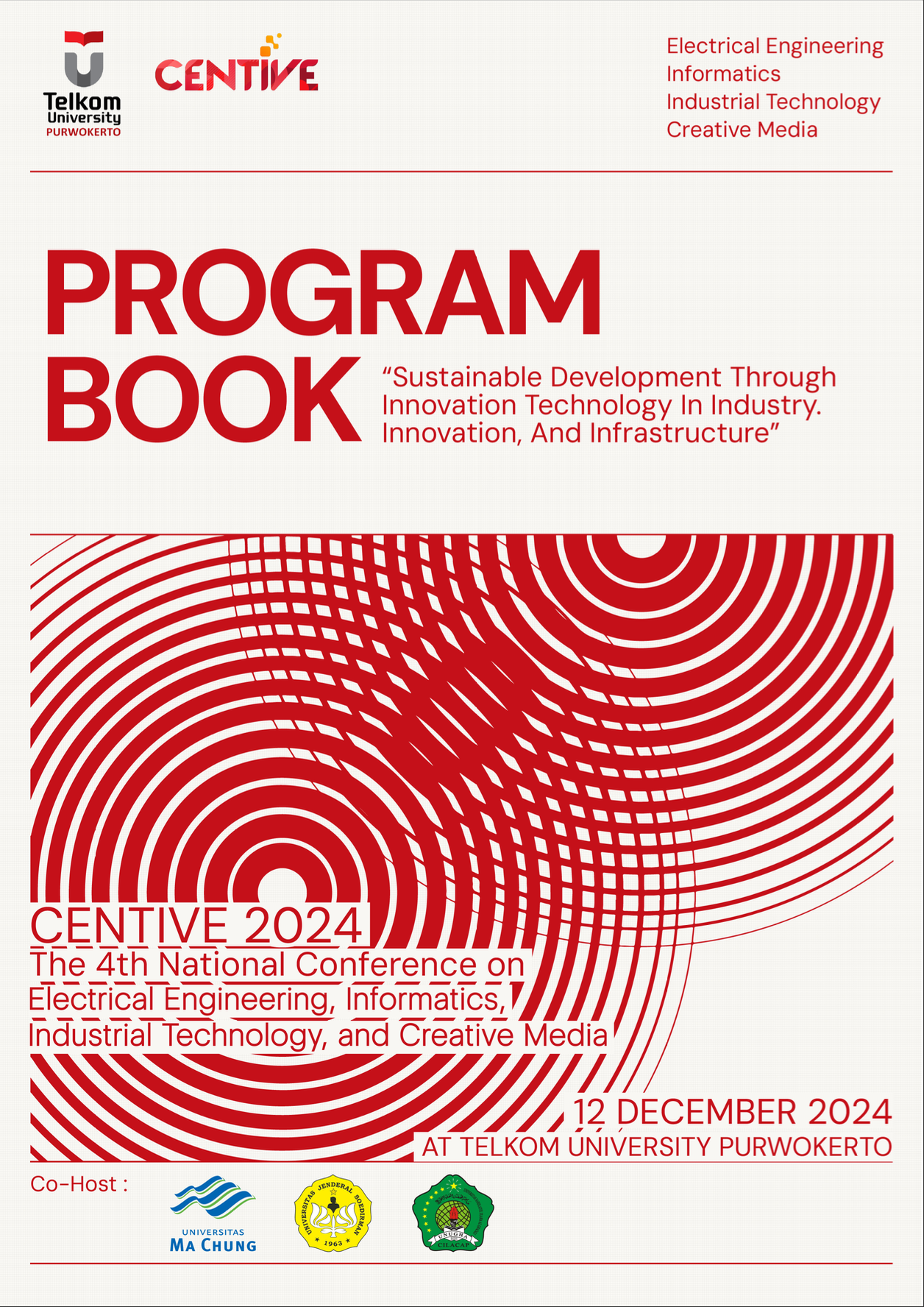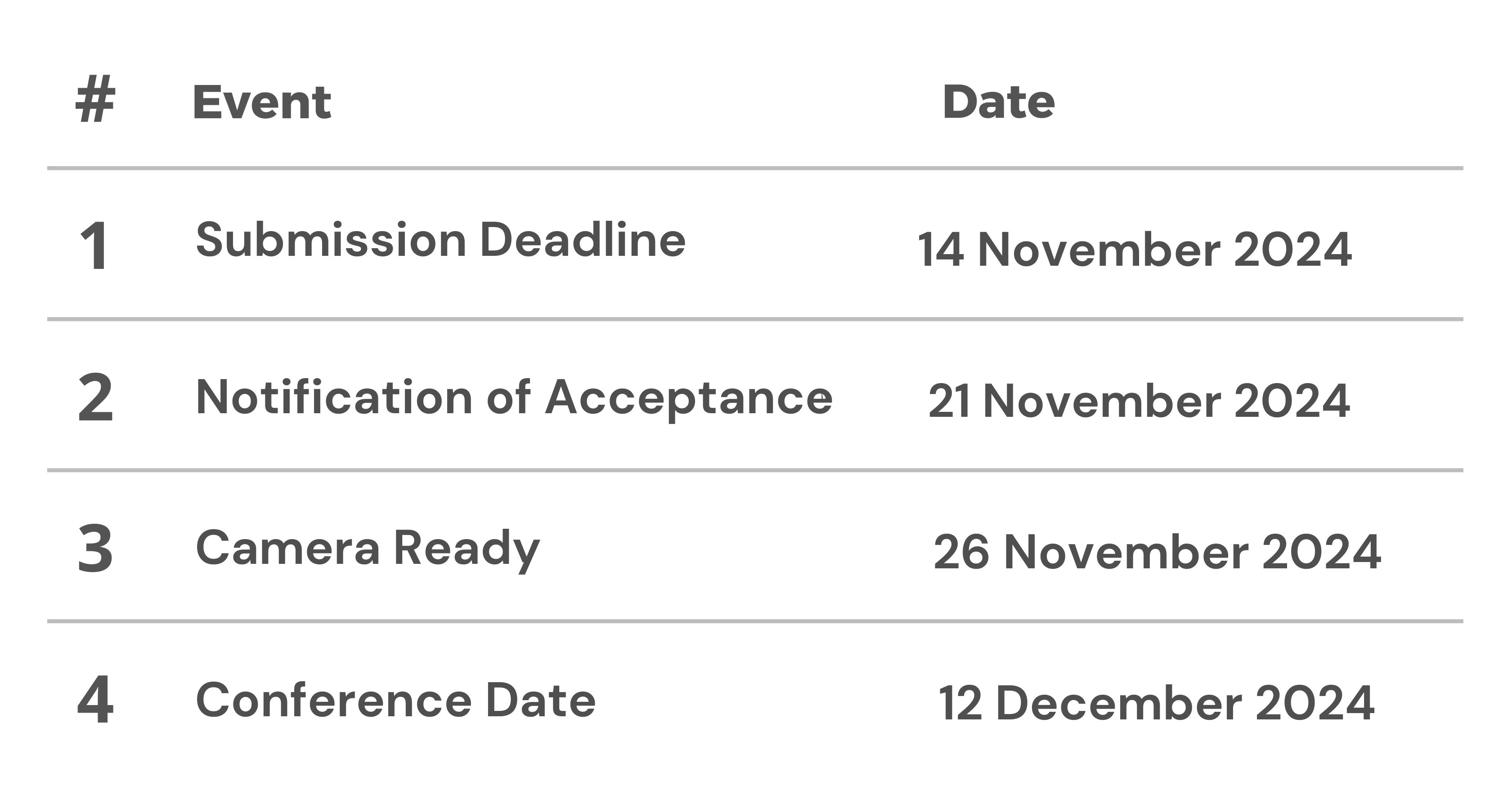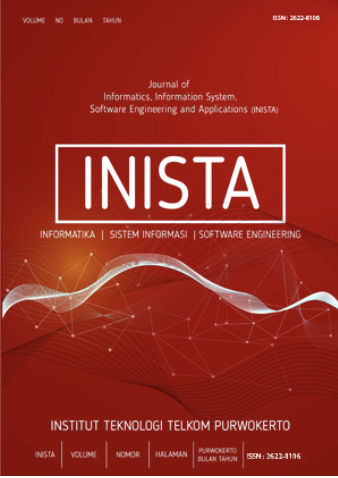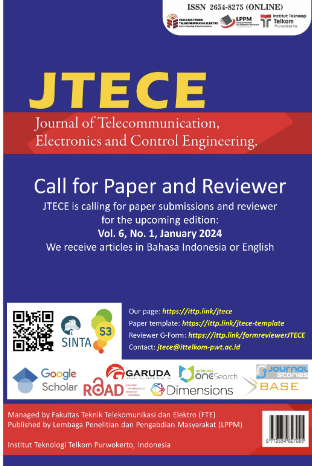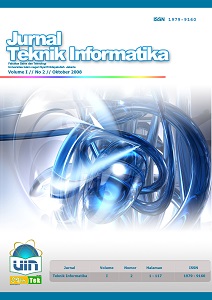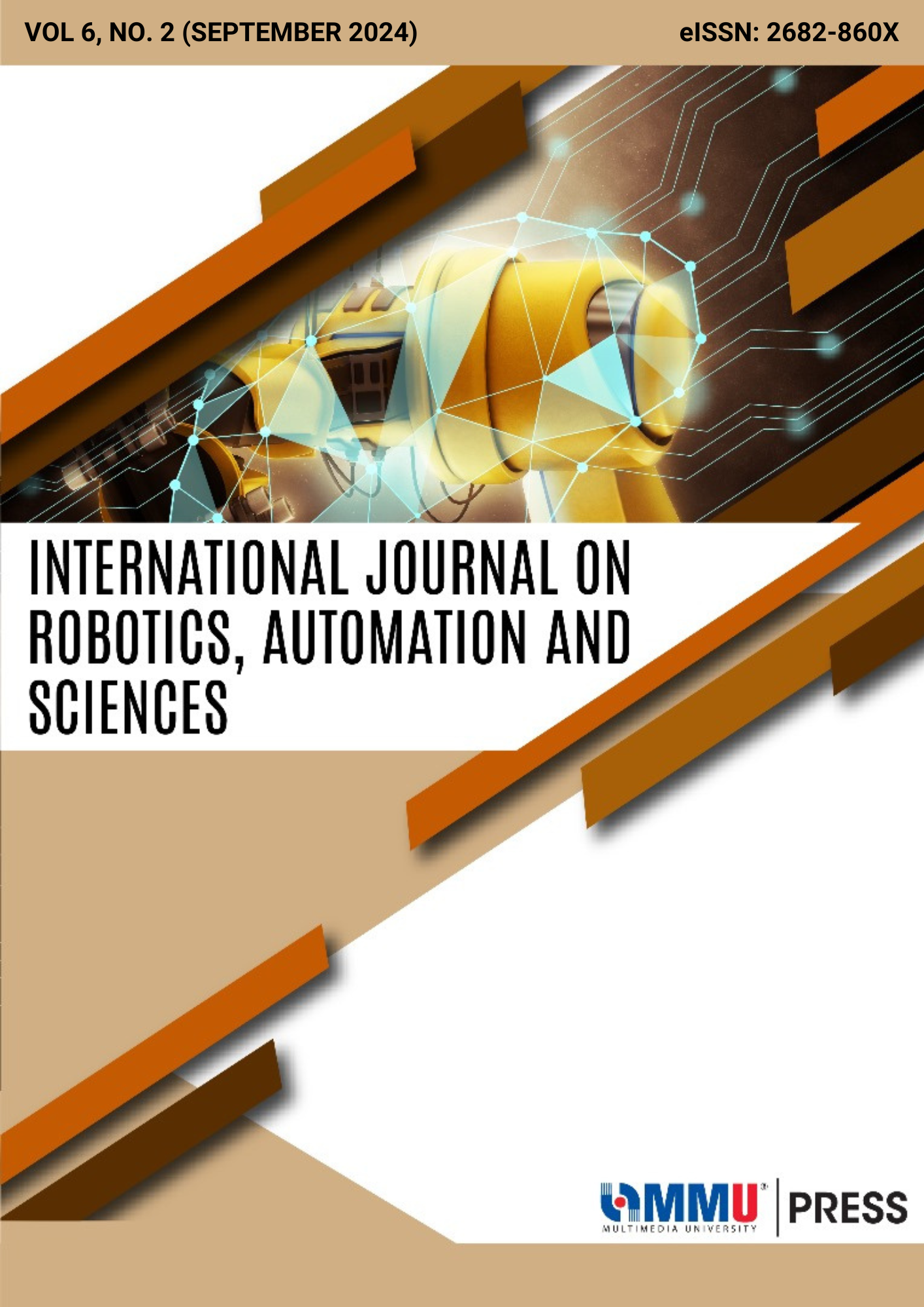Bluetooth-Connected Vehicle: A Case Study of Android-Based Speed Monitoring System Using CAN Bus
Abstract
The speedometer plays an important role in displaying and measuring the vehicle's speed. A vehicle driver will always monitor and maintain the vehicle's speed according to the conditions of the road or terrain being traversed, thus enhancing the safety of the rider. The odometer is also important in measuring and recording the distance travelled. This research proposes a Bluetooth-based speedometer and odometer system integrated with a smartphone for electric motorcycles using the Controller Area Network (CAN) Bus communication system, allowing real-time speed and distance monitoring through an Android application. This system is evaluated based on the accuracy of the measured speed and distance. The results show that the proposed device can transmit data collected from the CAN bus via Bluetooth to the high-resolution Liquid Cristal Display (LCD) and SPEETER (the proposed name of the Android-based application) with 99.31% accuracy. The system had the data history to provide a statistical analysis for users and stakeholders. The advantages of this system include a user-friendly interface and good integration with mobile devices, making it an ideal solution for environmentally friendly transportation of electric vehicles.
References
W. Asmarini, ”Pakai Motor Listrik, Kamu Bisa Hemat Ongkos Sampai 75% [Using an Electric Motorbike, You Can Save Up to 75% on Costs],” CNBC Indonesia, May 2019. [Online]. Available: https://www.cnbcindonesia.com/news/20230519130321-4-438731/pakai-motor-listrik-kamu-bisa-hemat-ongkos-sampai-75.
C. M. Annur., ”Riset Deloitte dan Foundry: Penggunaan Motor Listrik di Indonesia Naik 13 Kali Lipat dalam Dua Tahun [Deloitte and Foundry Research: Electric Motorcycle Use in Indonesia Increases 13-Fold in Two Years],” Databoks, Sept 2019
N. D. P. Adi, “Desain dan Implementasi Sistem Instrumentasi Sepeda Motor Listrik serta Uji Coba Kinerjanya,” CYCLOTRON, vol. 5, no. 1, Jan. 2022.
A. Ulinuha, Jatmiko, and A. G. Riza, “Design and Implementation of Data Acquisition Device and Instrumentation Based on Microcontroller for Electric Motorcycle:,” presented at the 2nd Borobudur International Symposium on Science and Technology (BIS-STE 2020), Magelang, Indonesia, 2021
Electra Schematics, "Understanding the CAN Bus Network Architecture," [Online]. Available: https://www.electraschematics.com. Accessed: Dec. 1, 2024.
A. Lobo, K. Hariharan, S. Sreekumar and M. N. Shetty, "Time Optimal Long Distance Trip Planning for Electric Vehicles," 2019 5th International Conference On Computing, Communication, Control And Automation (ICCUBEA), Pune, India, 2019, pp. 1-4.
C. -M. Lai and Y. -H. Cheng, "Research on Energy-Efficient Path of Electric Vehicle Traveling," 2021 IEEE International Future Energy Electronics Conference (IFEEC), Taipei, Taiwan, 2021, pp. 1-3.
J. Zhu, F. Chen, S. Liu, Y. An, N. Wu and X. Zhao, "Multi-Objective Planning Optimization of Electric Vehicle Charging Stations With Coordinated Spatiotemporal Charging Demand," in IEEE Transactions on Intelligent Transportation Systems, 2024.
N. Gregório, A. B. Silva, and A. Seco, “Speed Management in Rural Two-way Roads: Speed Limit Definition through Expert-based System,” Transportation Research Procedia, vol. 13, pp. 166–175, 2016.
A. Budi Sulistyo, N. Widiangga Gautama, M. B. Dwifa, and I. P. Dewa Punia Asa, “Perancangan Alat Uji Speedometer Portable Berbasis Arduino Guna Menunjang Pengujian Kendaraan Bermotor Keliling,” j.keselam.transportasijalan, vol. 9, no. 1, pp. 1–10, Jun. 2022.
S. U. Khan, N. Alam, S. U. Jan, and I. S. Koo, “IoT-Enabled Vehicle Speed Monitoring System,” Electronics, vol. 11, no. 4, p. 614, Feb. 2022.
S. Dey, A. Mukherjee, and A. Soni, “Design and Implementation of Android-Based Digital Dashboard for Electric Car,” in Flexible Electronics for Electric Vehicles, S. Dwivedi, S. Singh, M. Tiwari, and A. Shrivastava, Eds., Singapore: Springer Nature, 2023, pp. 553–558.
K. Manjunath and R. Kalpana, "A Modularized Two-Stage Active Cell Balancing Circuit for Series Connected Li-Ion Battery Packs," 2022 IEEE International Conference on Power Electronics, Drives and Energy Systems (PEDES), Jaipur, India, 2022, pp. 1-6.
C. Gong, S. Li and T. Habetler, "High-Strength Rotor Design for Ultra-High Speed Switched Reluctance Machines," in IEEE Transactions on Industry Applications, vol. 56, no. 2, pp. 1432-1442, March-April 2020.
A. Jain, "HC-05 Bluetooth Module Interfacing with Arduino," Hackaday.io, 2024. [Online]. Available: https://hackaday.io/project/19556-hc-05-bluetooth-module-interfacing-with-arduino. [Accessed: Dec. 1, 2024].



